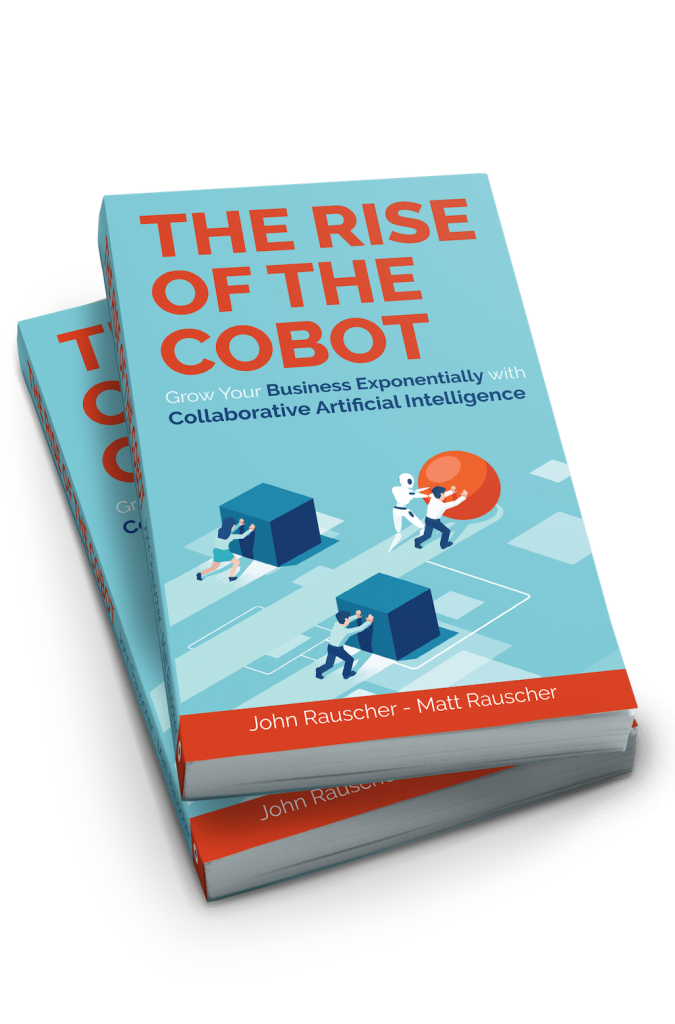I’m often asked what I think of chatbots, these conversational agents often found online that the user can engage with by typing on his keyboard. Callbots are the cousins of chatbots, but the human-machine exchange is by voice. Generally, people ask me either what I think of chatbots or why chatbots fail. In my opinion, they have four structural weaknesses, though they have been somewhat successfully addressed in recent years:
Why Chatbots Fail: They don’t understand!

Chatbots are usually based on understanding human language, which is AI’s Achilles’ heel. A computer’s understanding of human language, whether with chatbots or callbots, remains weak. At best, AI includes simple sentences: subject, verb, direct object, but little more. This gets even more complicated with regional word choices, accents, spelling mistakes and just the sheer complexity of human language.
What Chatbots Fail: They don’t ask the right questions

For the most part, chatbots do not know how to ask intelligent questions which are not pre-scripted but rather, personalized. Knowing how to answer a simple question is a memory issue, but the most intelligent people, those who can quickly and successfully solve problems, are those who know how to ask the right questions.
Einstein said, “To ask questions is to solve them.” Without the ability to ask intelligent questions, chatbots and callbots will remain limited to answering simple questions. This may sometimes be the company’s goal, but it’s surely not that of the customer who wants a personalized and well-reasoned response.
Why Chatbots Fail: They Don’t Use the Data

Most chatbots and callbots cannot reason on the company supplied user data, when it comes to a customer. But as previously stated, customers want an individualized response to their context, one that takes into account, for instance, their order history and their use of the services or products purchased from the supplier who makes the chatbot or callbot available.
Why Chatbots Fail: They Can’t Explain or Advise
To go further, and really transform a chatbot or a callbot into a “must-have” technology, these tools should be able to construct arguments. A customer only buys when he is confident that his purchase is well suited to his needs, based on a given answers, or the explanation of an offer. When chatbots can offer advice or give personalised explanations then, they will become essential and not just a “cool tech”.

In my latest book, “The Rise of the Cobot” available on Amazon, I describe how to go further with artificial intelligence and why the new generation of Cobots (collaborative robots) represents a strong trend. During my presentation sessions to Management Boards, we try to define together which priority cobot to develop.

